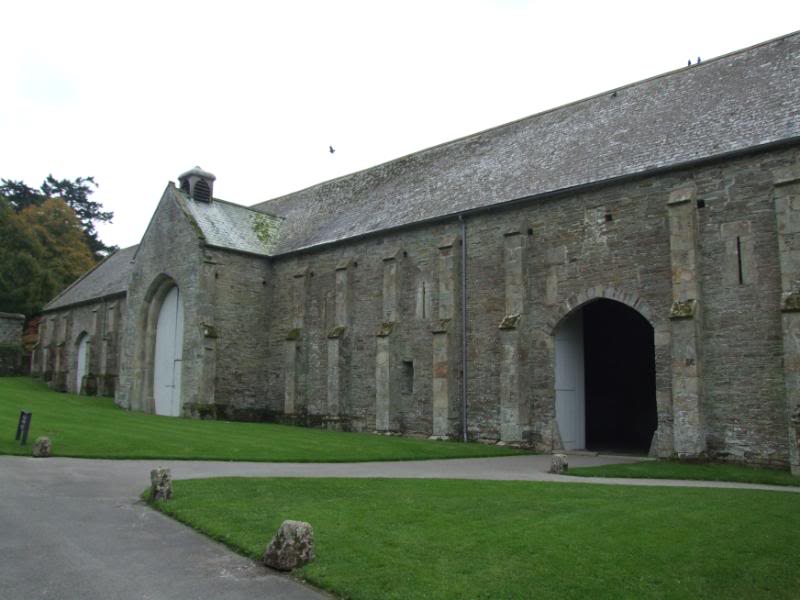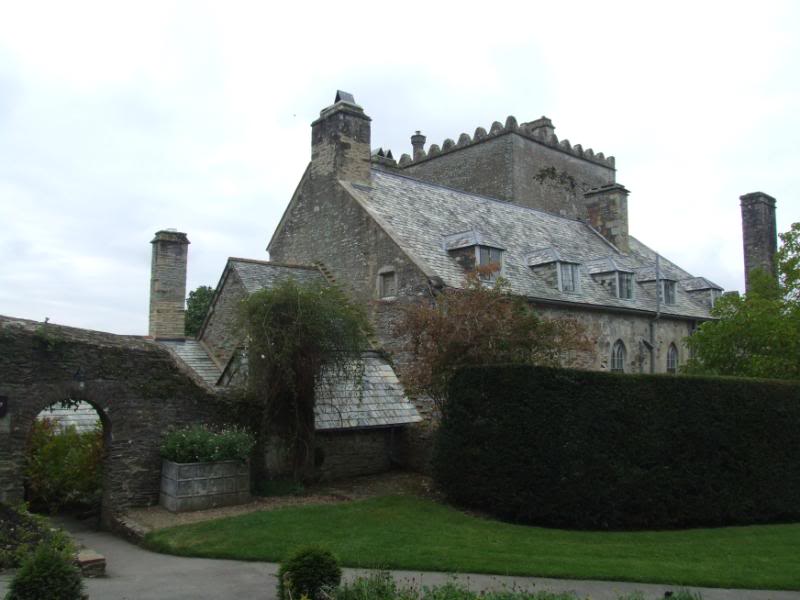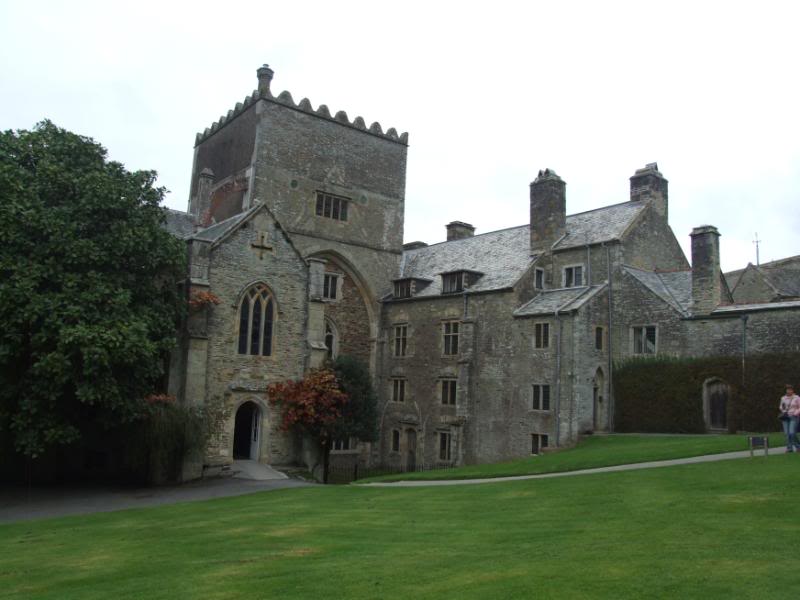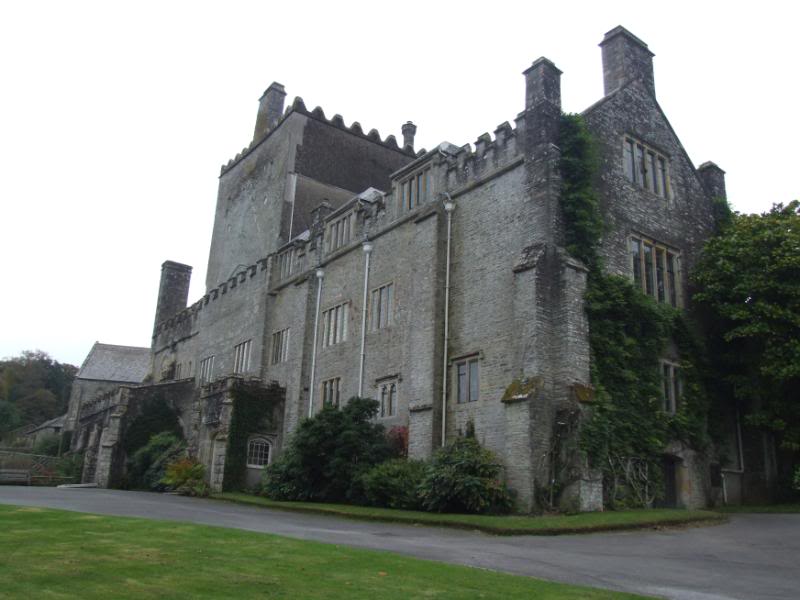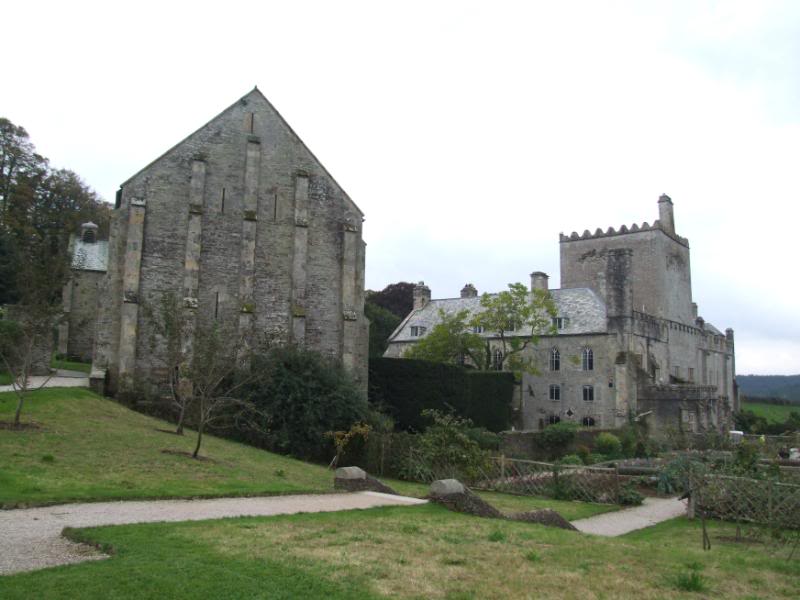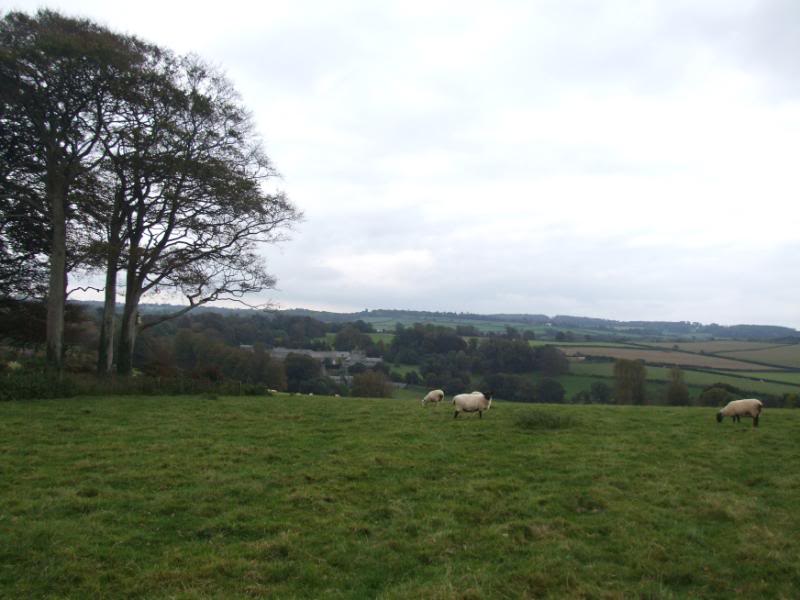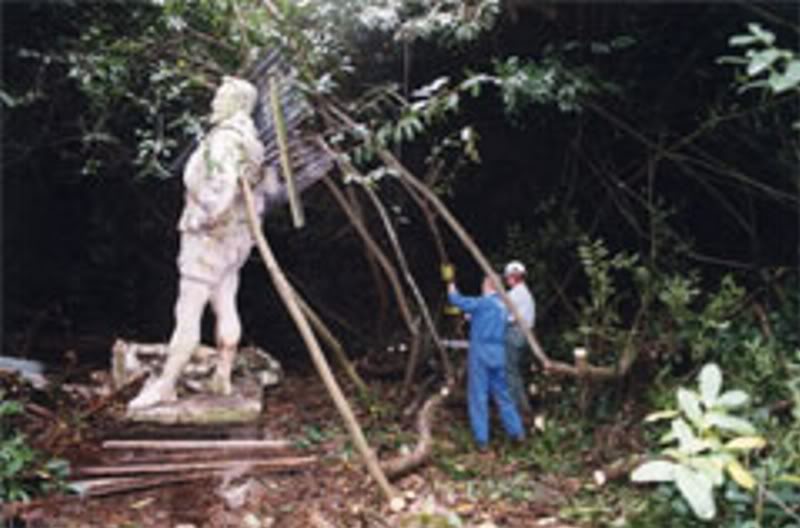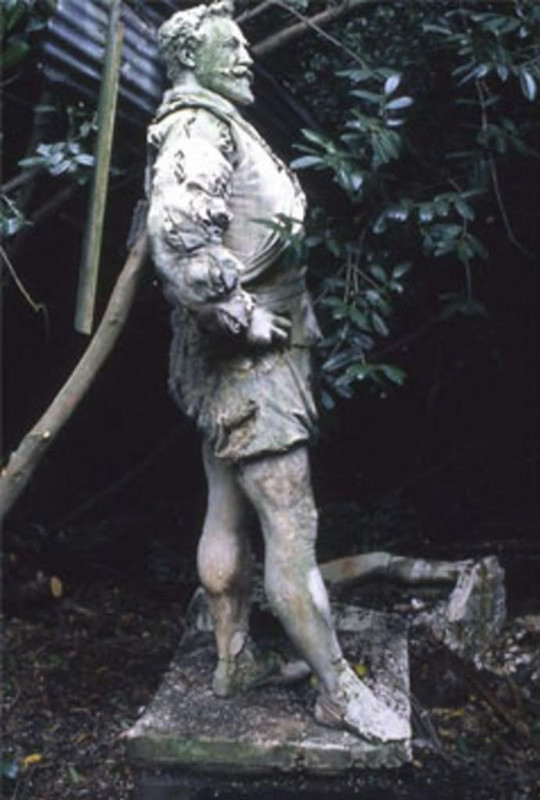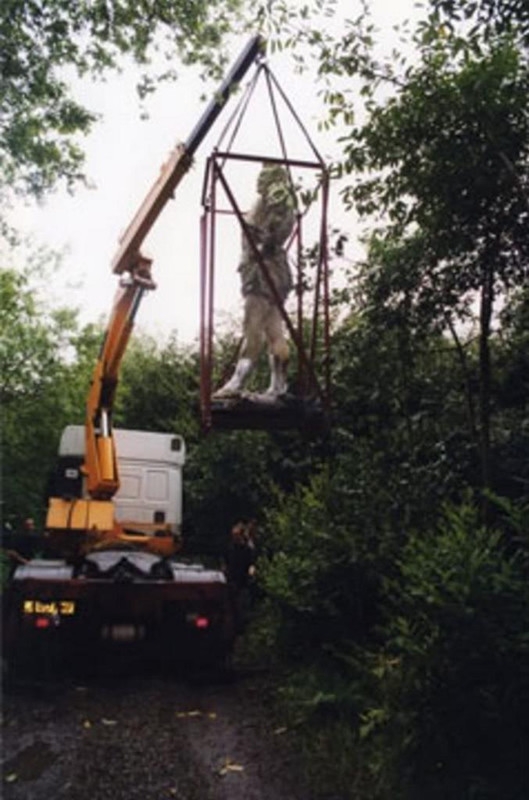Post by Dave on Sept 13, 2010 17:50:20 GMT
Buckland Abbey
Carol and I enjoyed a great day out on Thursday and I will put up a thread about that some other time, today we decided to go and see Buckland Abby. While we had a great day and enjoyed a long estate walk after viewing the house etc, we talked and felt the place did not really have a true identity, or knew what it was meant to be and it sure lacked what was needed and that is catching history in time.
It did start life as an Abbey but as Drake owned it for 15 years the few parts of the house you do see, are rooms set out more as a museum. You do not see any rooms that were lived in as such, so the feeling of it being lived in by Drake or even the monks just does not exist and that for me was a bit of a shame.
A bit about the abbey
Almost as peaceful now as it would have been some 700 years ago when the Cistercian monks settled in this undisturbed valley at the edge of Dartmoor, Buckland Abbey encompasses both architectural and historical interest as well as idyllic gardens for relaxation.
By 1541 Henry VIII had sold the old monastery to Sir Richard Grenville as a reward for his services as Marshal of Calais. The Grenvilles were a well-established family of the gentry in Devon and Cornwall, and Sir Richard seized the opportunity of buying Buckland Abbey to provide an estate for his son, Roger. However, his plans didn't quite work out when, only four years later, Roger Grenville drowned whilst in command of his ill-fated warship, the 'Mary Rose'. So it was Sir Richard's grandson, also Richard, who was left to inherit the abbey, and finish building the home that his grandfather had started.
His late 16th century conversion was interesting in as much as he used the abbey church to shape his home around, rather than one of the ranges of domestic buildings which was more conventional at that time. This resulted in an unusual arrangement of modest proportions that provided a compact and comfortable home, as opposed to a grand and stylish manor house.
Probably the most remarkable room at Buckland Abbey is the great hall, where a disturbing plaster frieze gives the visitor a glimpse into the complex and unbalanced mind that Richard Grenville was reported to possess. Another quite bizarre feature is the later wooden frieze, which shows intricately carved animal masks and fertility figures, some appearing quite obscene
After creating his home, Grenville remained there for only four years before he mortgaged Buckland Abbey, eventually selling the property to Sir Francis Drake when he returned from his successful circumnavigation of the globe. Drake was richly rewarded for his Spanish exploits on behalf of Queen Elizabeth I, and Buckland was just one of about 40 properties purchased by him in the county. Between his numerous sea voyages, Drake remained at Buckland Abbey for 14 years but never really stamped his own personality on this strange country mansion. In 1988 Simon Whistler was commissioned to create four beautiful engraved glass panels to commemorate the 400th anniversary of the Spanish Armada's defeat, and these have been set in the windows of the stair well.
Buckland Abbey was the Drake ancestral home until the early 1940s, when it was presented to the National Trust, following serious fire damage. It had already suffered greatly through the years as a result of long periods of unoccupancy and several programmes of restoration work were carried out.
During the 18th century the architect, Samuel Pepys Cockerell, was employed to revitalise the property, and in 1915, when Lord and Lady Seaton inherited the house, further major restoration was carried out, in particular to the chapel. Some of the wonderful stained glass seen in the chapel was apparently rescued from Rheims Cathedral after the First World War.
With the massive old barn dating from Cistercian times, Buckland Abbey retains a good deal of monastic influence incorporated in the distinctly Grenville house, delightfully punctuated by the sea-faring adventures of the most renowned Elizabethan pioneer, Sir Francis Drake.
The power of google
In the summer of 1999 a huge plaster sculpture was discovered hidden in undergrowth in the woods on Haldon Hill in Devon by a member of the public. The National Trust identified the sculpture as the original plaster model for the bronze statue of Drake at Tavistock (there is also a cast in Plymouth). We were commissioned by The National Trust to conserve the model at Buckland Abbey where it would subsequently be displayed
Given the poor conditions in which the sculpture had stood for many years, it was surprisingly intact. Some pieces had become detached entirely from the figure, and there were many deep fissures and cracks in the plaster.
The undergrowth was cut back from around the sculpture before packing it carefully in a steel frame, and lifting the frame by crane onto the back of a lorry for transportation to the Abbey. The surrounding area was thoroughly searched for any original fragments, which would be used in the repair of the model. The model was enormously heavy and so it was decided to carry out the restoration on site at the Abbey, as the intended display area was at the top of a flight of stairs.

